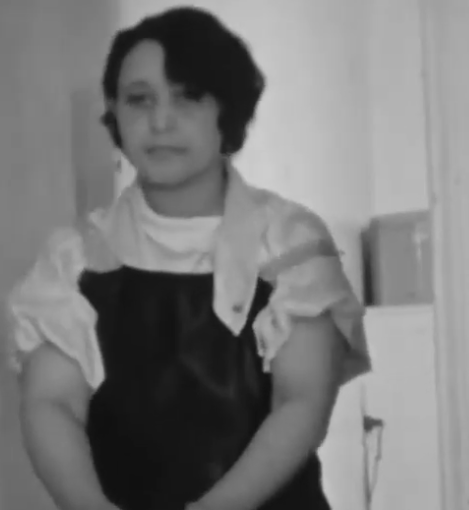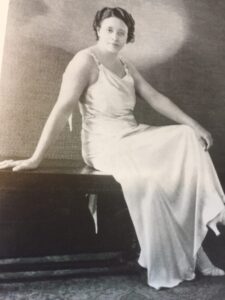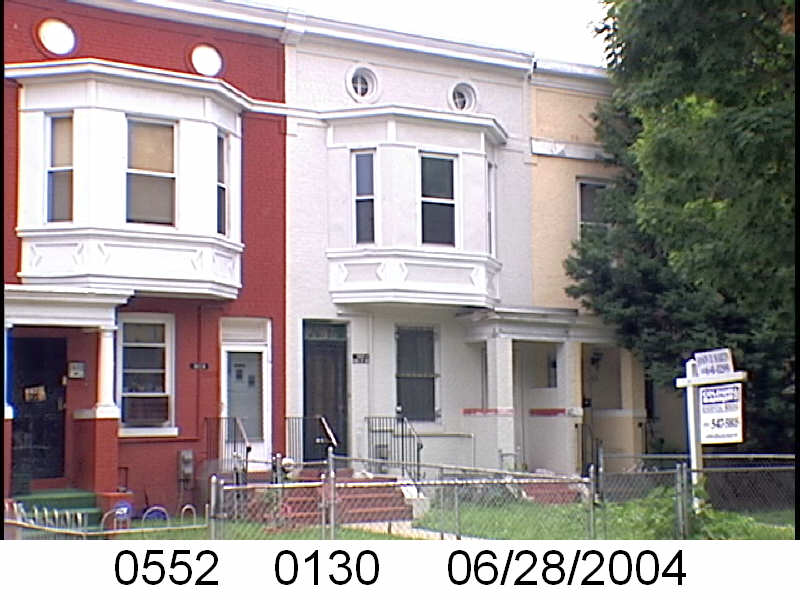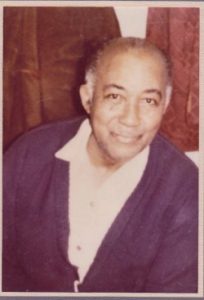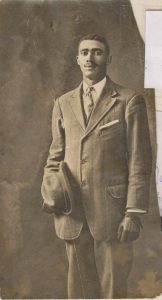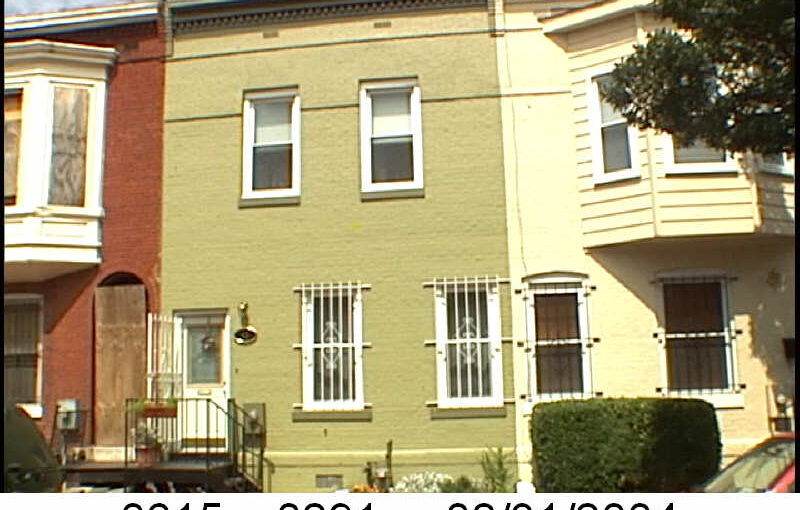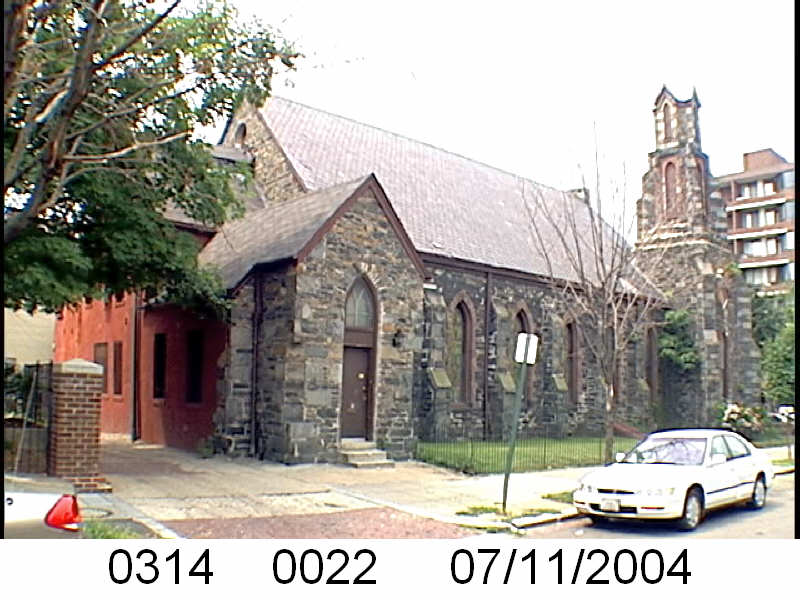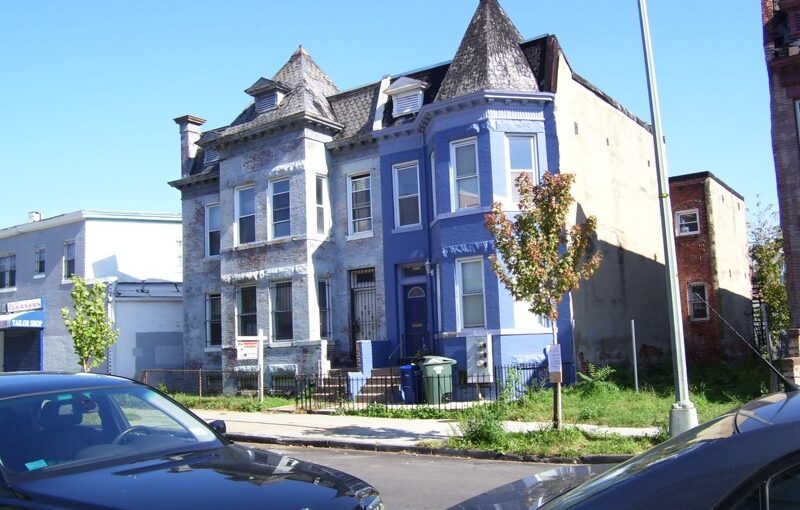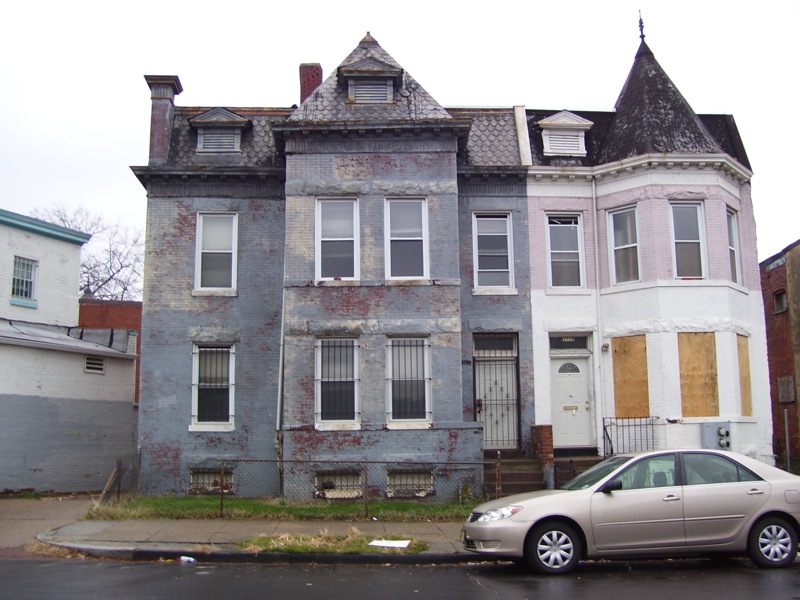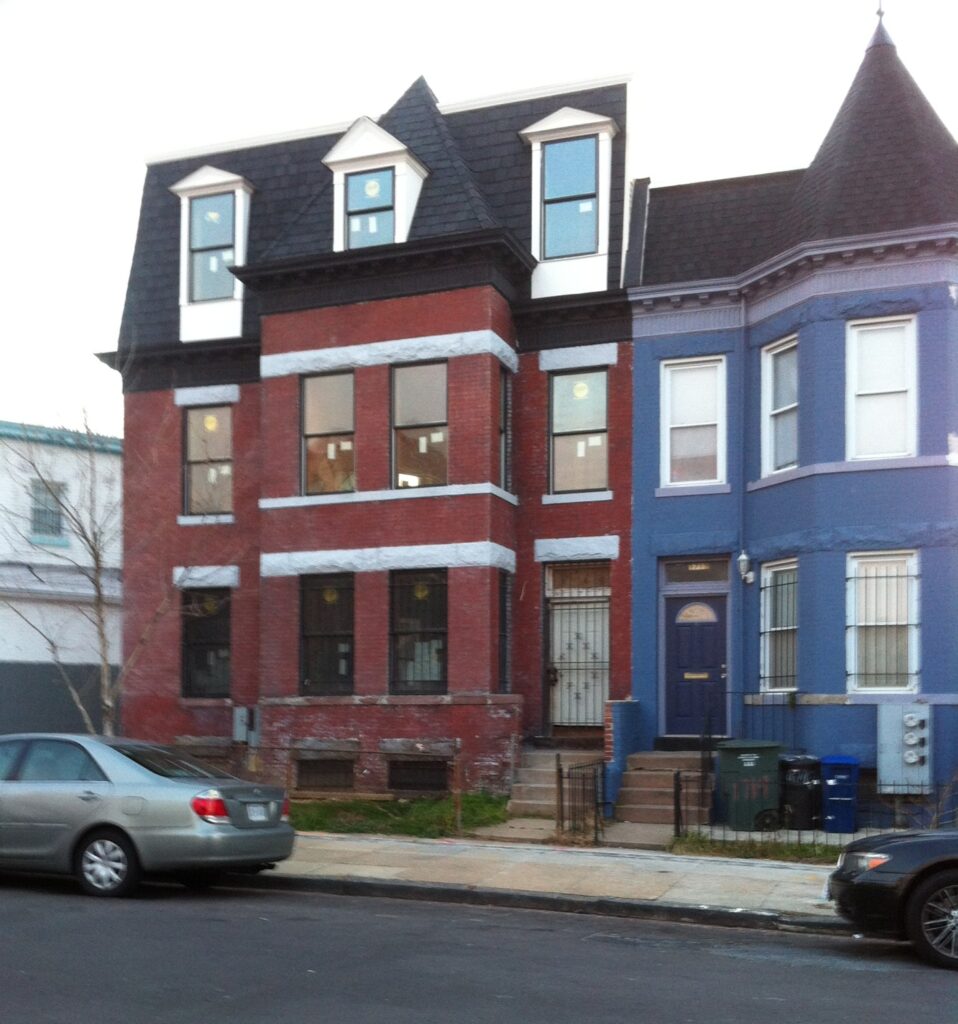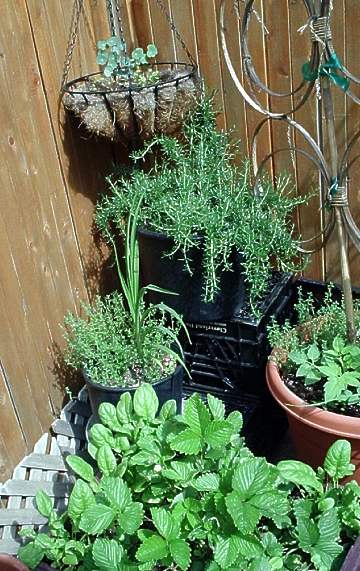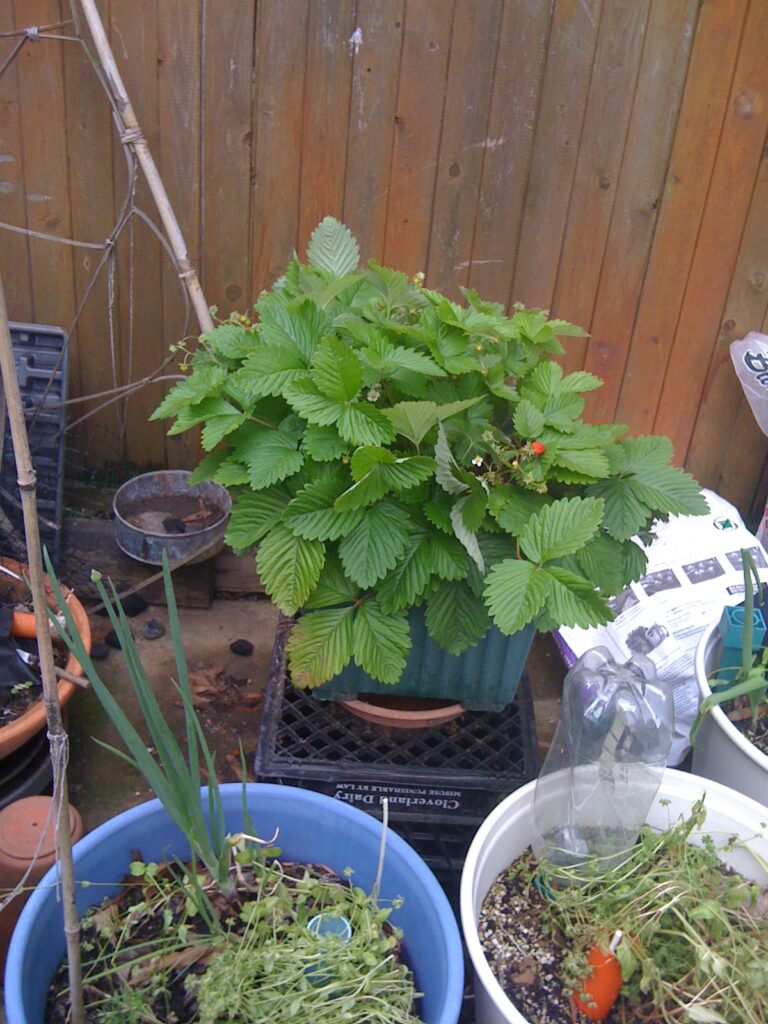In my post about Abraham Levin, I mentioned his brother, Nathan Levin, died of a heart attack while in a Prince George’s County court in 1956. The May 13, 1956 reported that Abraham was in the room when it happened. Nathan was president of the Colonial Investment Company and executive vice president of the Colonial Mortgage Corporation.
Colonial Investment Co. was the company that bought the rental units from the Washington Sanitary Improvement Company (WSIC), removed the White tenants and sold them to Black home buyers. The Colonial Investment Co. existed before the 1950s sale of the WSIC houses. They were experienced with VA and other federal loans and large projects. It isn’t clear if there was any Federal money involved in the Truxton Circle WSIC houses.
The May 13, 1956 Evening Star had his obituary and I’ll copy/ paste it
“Nathan Levin, 58, president of the Colonial Investment Co. and builder of several large housing developments in the Washington area, died of a heart attack yesterday while testifying in Prince Georges County Circuit Court in Upper Marlboro. The case on trial before Judge John B. Gray, jr.. concerned a transfer of land, formerly a part of the old John Deere farm near TB. The land concerned was to have been the site of the projected Hoffman City development. which was abandoned several months ago.
Mr. Levin’s brother, Abraham H. Levin, of 409 Pershing drive. Silver Spring, secretary of the Colonial Investment So., was in the court room when Mr. Levin died Mr. Levin had an earlier attack several years ago but was described by his family as an “indefatigable worker”.
An attorney as well as a land developer. Mr. Levin practiced law here before going into the real estate business.
He founded the Colonial Investment Co. now at 923 15th St N.W., more than 30 years ago. He and his as associate, Nathaniel J. Taube, the vice president, who came into the business about 10 years later, also headed the Colonial Mortgage Corporation. Mr. Taube was president, and Mr. Levin was vice president of the latter firm.
Among the areas developed by Mr. Levin are the Avondale Terrace subdivision In Avondale, Md.; Riggs Park, in the vicinity of Peabody and Oneida streets NW.; Templeton Manor Apartments, in East Riverdale, and Wellington Estates in Fairfax.
At the time of his death, Mr. Levin was planning his first venture in a shopping center, the Colonial Shopping Center on Viers Mill road.
Native of Connecticut
A native of New London, Conn., Mr. Levin attended Georgetown University here and graduated from National University Law School in 1921.
He was president of B’nai Israel Congregation at Sixteenth and Crittenden streets N.W.. and was chairman of the building fund for the synagogue. He also was active In the Zionist movement.
Mr. Levin was a member of Woodmont Country Club and of the Washington Board of Trade.
Besides his brother Abraham, Mr. Levin is survived by his widow, Rose, and two sons, Lawrence and Myron, of the home address, 4705 Colorado Avenue N.W.; a daughter, Mrs. Ruth Wagman, 1863 Redwood Terrace N.W.; his mother, Mrs. Hinda Levin, and a sister. Miss Patricia Levin, both of 1336 Missouri Avenue N.W.; another sister. Mrs. Ann Prival, 6611 Wells Parkway, College Heights Estates, Md., and two grandchildren.”
Nathan Levin’s name appears in the timeline of many of the WSIC properties as the seller and repossessor of the property when it fell into foreclosure. Well, until his death on the witness stand in 1956. After that when WSIC properties were resold and foreclosed, Harry A. Badt stood in his place.


